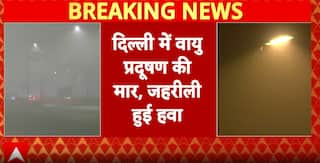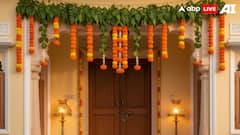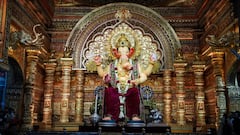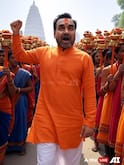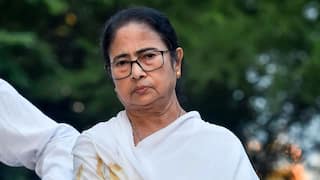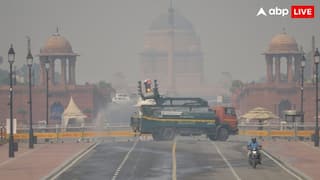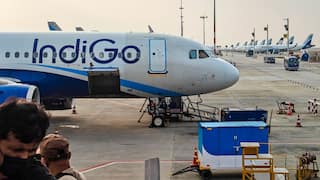Nankana Sahib: 10 Things To Know About The Pakistan City Where Guru Nanak Was Born
Nankana Sahib, in Pakistan, is the birthplace of Guru Nanak Dev, founder of Sikhism. Gurdwara Janam Asthan remains a sacred pilgrimage site for Sikhs, who visit annually on Guru Nanak's birthday.
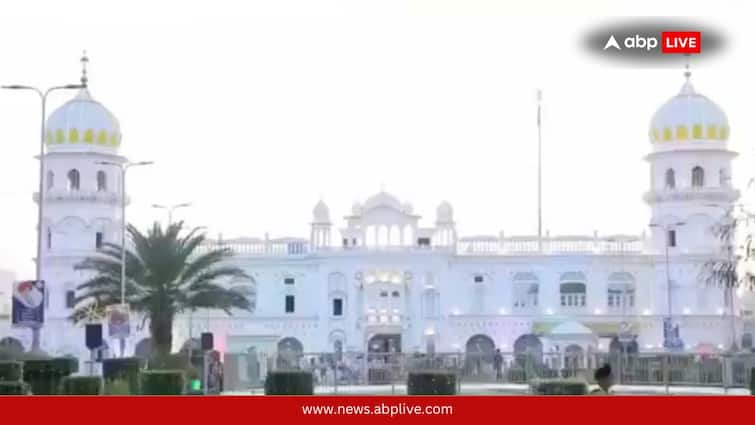
Guru Nanak Gurpurb: Nestled in the heart of Pakistan's Punjab province, the sacred city of Nankana Sahib located around 80 km towards the west from Lahore holds unparalleled significance for Sikhs across the globe. It is here that Guru Nanak Dev, the founder of Sikhism, was born on the morning of April 15, 1469 (Baisakh sudi 3, Samwat 1526). This holy city, once known as Raipur and later Rai-Bhoi-di-Talwandi, was renamed Nankana Sahib after Guru Nanak's birth.
The arrival of Guru Nanak is hailed in Sikh scriptures as a cosmic event that dispelled darkness. Bhai Gurdas described it this way:
"Jeeu Kar suraj nikaleya, taare chhipe andher paloa”
(As the sun rises, stars vanish, and the darkness is dispelled).
The legends surrounding Guru Nanak's birth, his upbringing, and the spiritual transformations he inspired in the world are still vividly cherished in the city, which is home to Gurdwara Janam Asthan, the central shrine in Nankana Sahib that tells the story of Sikh heritage, history, and culture.
ALSO READ ON ABP LIVE | Guru Nanak Jayanti 2024: Know Date, History, Significance And All About The 'Prakash Parv'
10 Things To Know About Nankana Sahib
1. The Birth of Guru Nanak Dev Ji
Guru Nanak was born to Mata Tripta Ji and Mehta Kalu Ji in this small village. An article on the Shiromani Gurdwara Parbandhak Committee (SGPC) website says Guru Nanak divine aura was evident from the beginning, with trees said to have dripped nectar and the impoverished felt suddenly uplifted. According to Sikh tradition, even the nurse who helped with his delivery declined monetary gifts, considering the mere glimpse of the newborn a blessing.
2. A Centre Of Early Enlightenment
Guru Nanak spent the first 35 years of his life here, challenging societal norms and spreading messages of equality, compassion, and devotion. At the age of nine, he famously rejected the sacred thread ceremony, questioning its discriminatory basis and advocating for a symbolic "thread" woven from compassion, contentment, and purity, the SGPC website mentions.
3. Name Of The City
Nankana Sahib was originally known as Rai Bhoi di Talwandi, named after Rai Bhoi, a local chief. The city was later renamed to honour Guru Nanak Dev. The city also houses other significant sites like Gurdwara Bal Lila, Gurdwara Patti Sahib, and Gurdwara Tambu Sahib. Each carries stories of Guru Nanak Dev Ji's life and teachings.
4. Meeting Bhai Mardana
It was at Nankana Sahib that Guru Nanak formed a lifelong bond with Bhai Mardana, a Muslim rabab player who became his companion for nearly five decades. Together, they sang hymns that continue to resonate in Sikh traditions. Guru Nanak got married on May 21, 1487, to Bibi Sulakhani, daughter of Mulchand Khatri in Batala.
5. Architectural Grandeur
The modern-day Gurdwara Janam Asthan was constructed during the reign of Maharaja Ranjit Singh, who allocated significant resources to preserve this holy site. The gurdwara features a grand building, sprawling gardens, and a serene sarovar (holy pool).
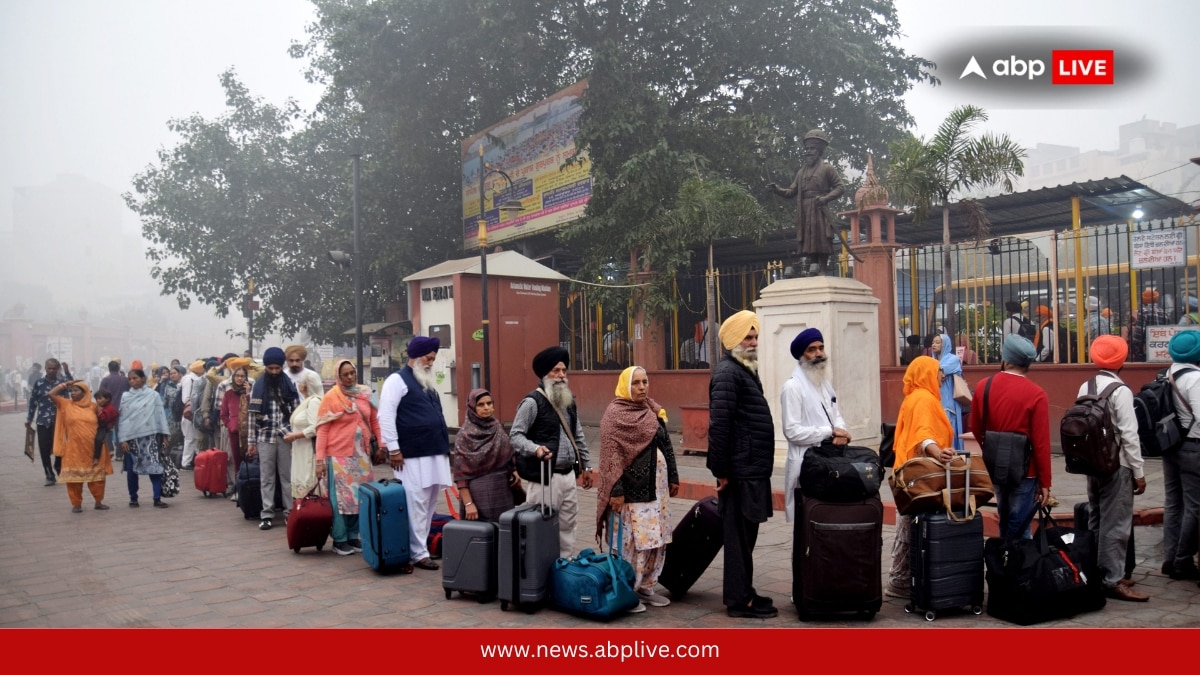
6. The Nankana Massacre
In the early 20th century, the shrine witnessed a dark chapter. The mahants, essentially priests who were hereditary caretakers of gurdwaras, had turned these sacred spaces into their personal properties, indulging in practices contrary to Sikh principles. As part of the Gurdwara Reform Movement led by the newly formed SGPC, an unarmed jatha of devout Sikhs sought to reclaim Gurdwara Nankana Sahib from the corrupt and tyrannical control of Mahant Narain Dass. Despite their peaceful intentions, the jatha was met with brutal violence as the mahant, who had fortified the gurdwara and armed his men, launched a barbaric attack. The gates were shut, and around 150-200 Sikhs were massacred with firearms, sharp weapons, and even boiling water. Among the martyrs, a 12-year-old miraculously survived by hiding under the palanquin of Guru Granth Sahib. This event galvanised the Gurdwara Reform Movement, ultimately leading to eventual restoration of the shrine to its rightful custodians.
7. Historical Relics: The Jand Tree And The Well
The 'Jand tree' and the 'well', remnants of the massacre during the reform movement, still stand on the premises.
8. Partition And Its Impact
The Partition of India in 1947 resulted in the division of Punjab, and Nankana Sahib became part of Pakistan. Despite the displacement, the spiritual and emotional connection of Sikhs to this holy site remains unbroken. Today, it is managed by the Waqf Board of Pakistan.
9. Annual Pilgrimage
Every year, thousands of Sikhs from India and across the world visit Nankana Sahib to pay homage, especially during Guru Nanak's birth anniversary celebrations. The gurdwara provides accommodations and facilities for the pilgrims.
10. Daily Devotion
A small Sikh community resides in Nankana Sahib, ensuring the gurdwara remains active with daily prayers and hymns. Bhai Partap Singh functions as the Granthi.













